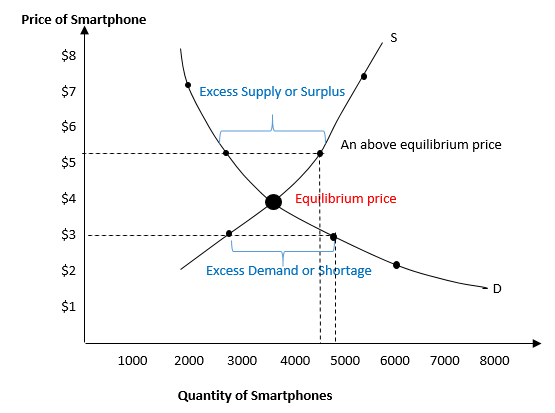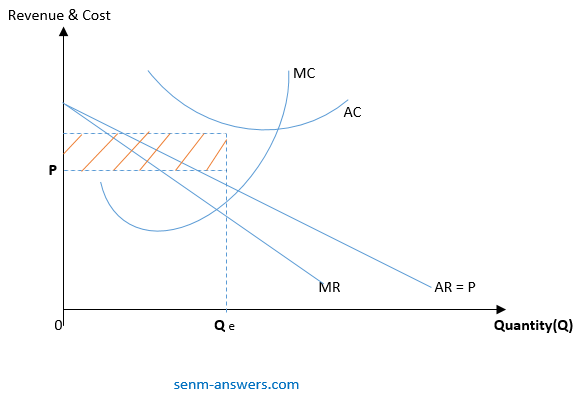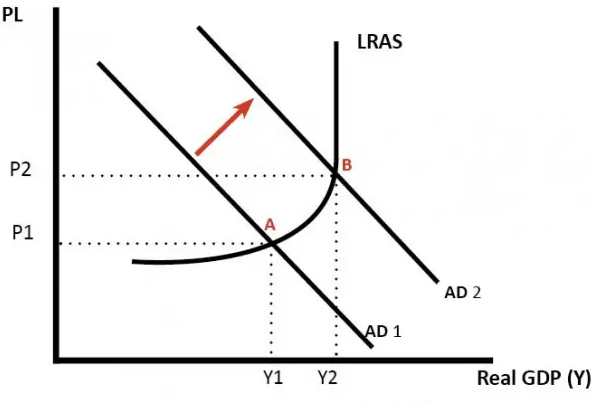Guaranteed


95.5% Pass Rate
CPA
Intermediate Leval
Economics November 2018 Suggested Solutions

Economics
Revision Kit
Revision Kit






